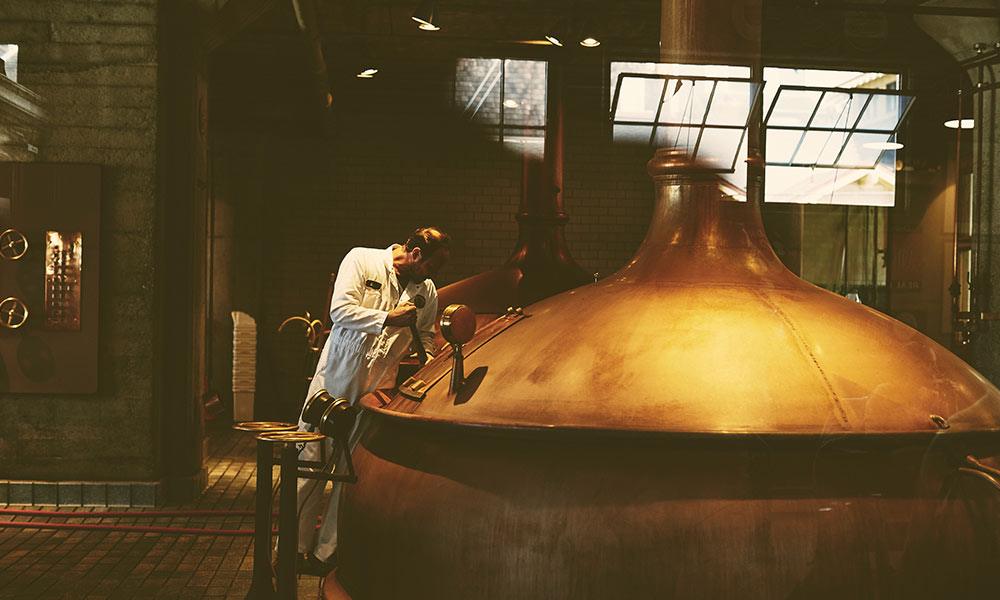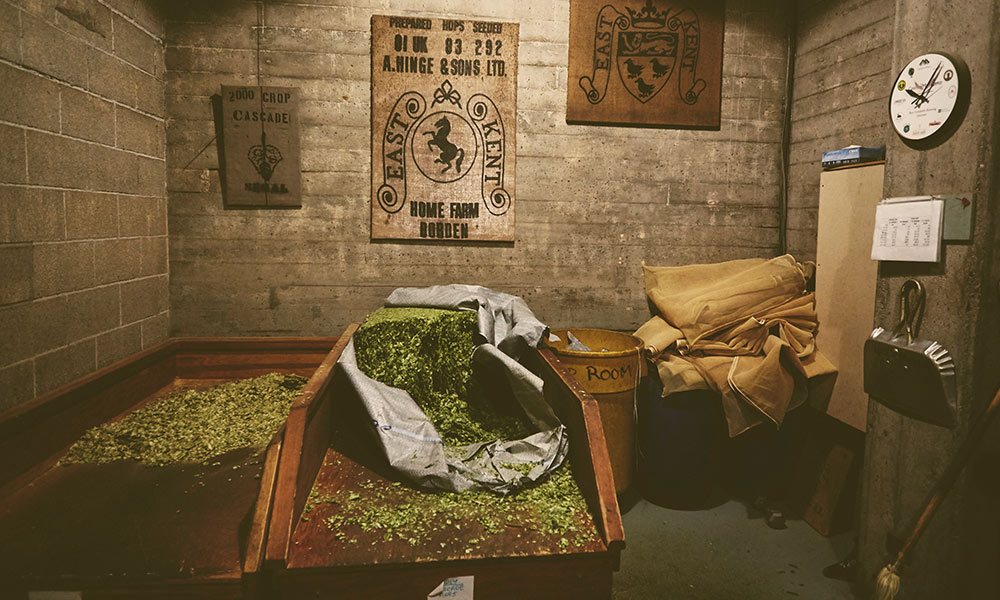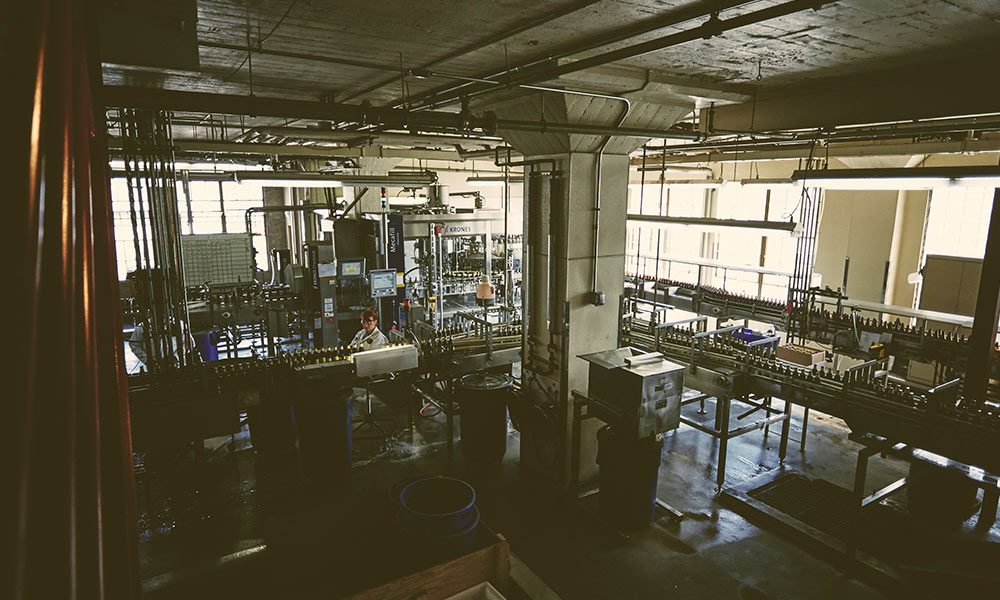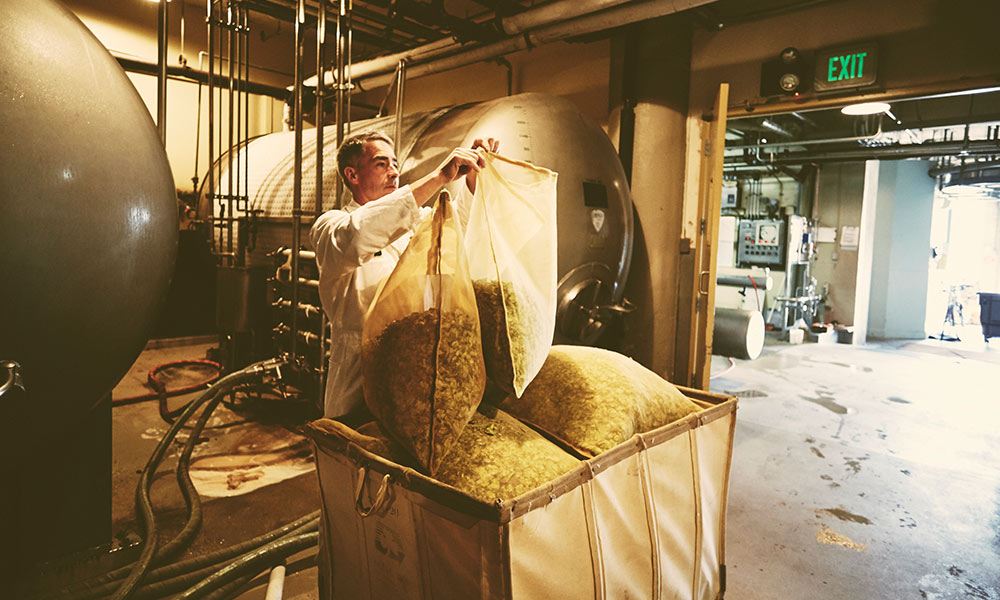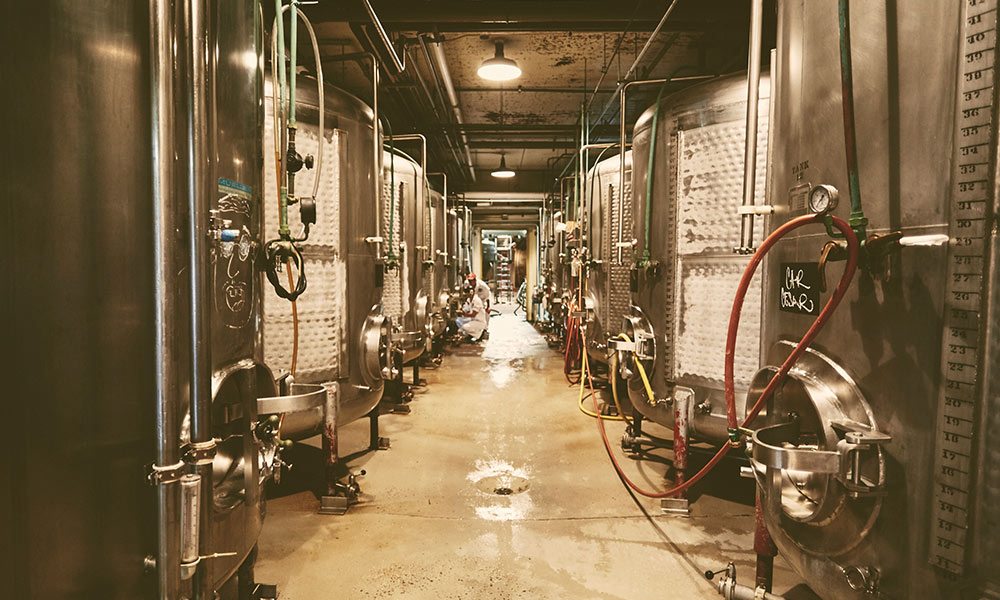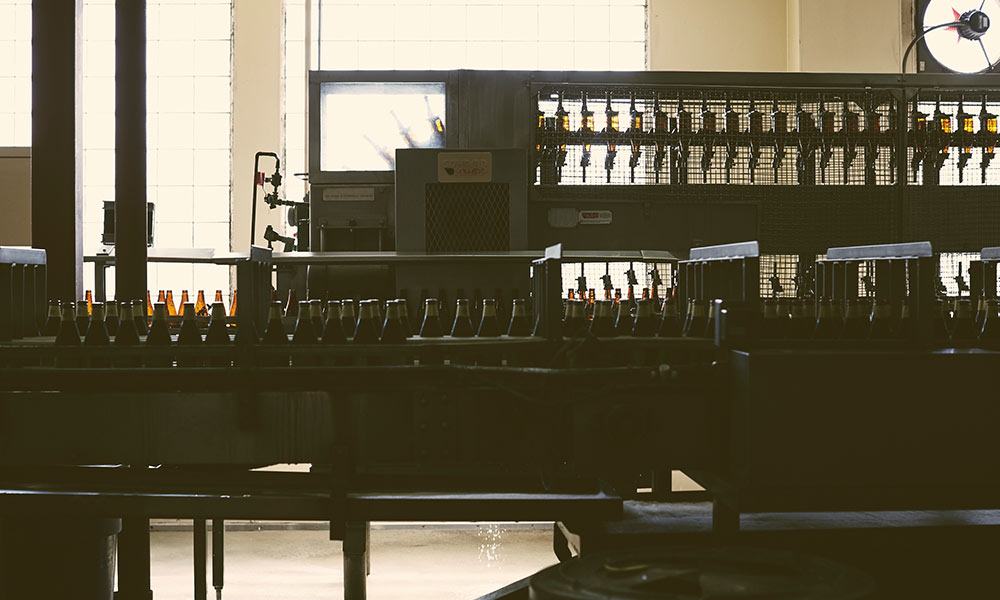Liberty Ale was first brewed in 1975 to commemorate the start of a revolution—the 200th anniversary of Paul Revere’s ride—but, in the process, it ended up launching one.
Walk into any taproom, bottle shop or local watering hole these days and you’ll find an IPA-heavy assortment of sudsy offerings. And while the India Pale Ale’s history can be traced overseas, the American version’s history, in all its hoppy glory, begins with Anchor Liberty Ale.
Frederick Louis “Fritz” Maytag purchased Anchor Brewing Company in 1965, saving the 70-year-old brewery from closing its doors. “When Fritz started, there were mostly major breweries making lager,” says Mark Carpenter, brewmaster at Anchor. “The smaller breweries that were around at the time just tried to compete by making cheaper lager than the big guys.”
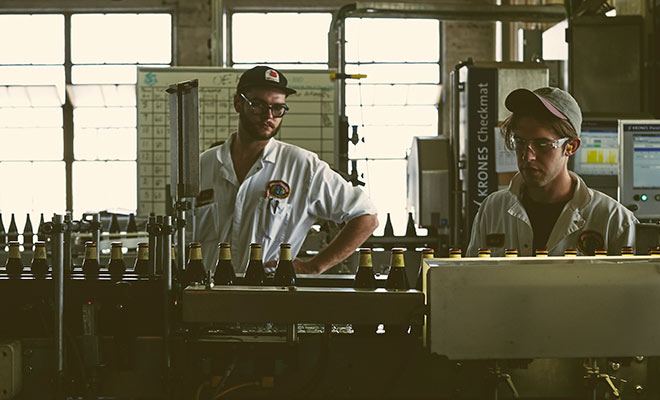
Knowing that model would never work, Maytag decided to focus on quality, being hands-on and, in turn, charging a bit more for his beer. It would be nine years before he saw a profit, but shortly after he did, Maytag looked to expand Anchor’s range beyond the classic Anchor Steam and the newly introduced Anchor Porter, which was the first produced by an American craft brewery after Prohibition. To do so, he looked to England.
Drawing inspiration from a stronger ale he had during his travels in West Yorkshire, Maytag returned to the U.S. and concocted Anchor’s newest beer: Liberty Ale. It was a beer that featured hops like no American beer had before, and it defied existing labels. Liberty Ale was more effervescent than the pale ales of England, brewed with whole-cone hops, and crafted with only natural ingredients. A couple of years earlier, it was Coors who started experimenting with Cascade hops, a new American hop variety. But whereas Coors used the newfangled American hop in small quantities to impart some slight notes, Anchor went all in on it. Not only did they use it during the boil to make a beer far more bitter than anything most Americans had ever come across, but they used it to dry-hop Liberty Ale and deliver an aroma U.S.-based nostrils had never experienced. For the first time, that citrusy, floral aroma that drives hopheads crazy flowed from draft lines.
It was the first American IPA (or the first American Pale Ale, as category lines are often quite blurry). Since Anchor Liberty Ale didn’t exist when the terms “American Pale Ale” and “IPA” were used prevalently in the States, it was simply called their “special ale.” Michael Jackson, the famed beer writer, called Anchor Liberty Ale the first modern American ale, and its introduction set in motion the craft beer tidal wave that would slowly build over the next few decades.
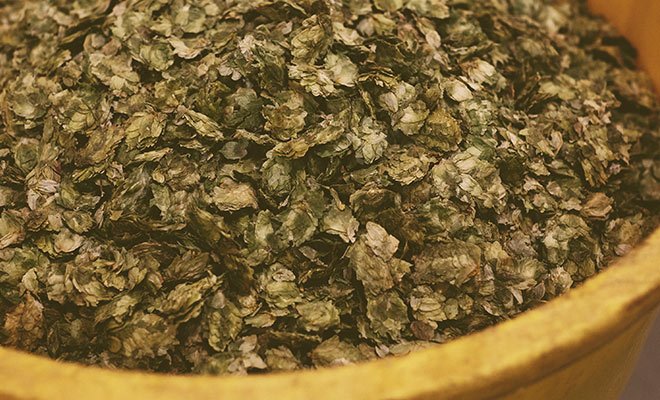
“Pale Ales started the microbrewers revolution,” says Carpenter. After Liberty Ale came New Albion Ale from New Albion Brewing Company, a short-lived brewery that only churned out 7.5 barrels a week, and then the infamous Sierra Nevada Pale Ale, often championed as one of the earliest and finest craft brews. It was the style that launched a thousand little breweries, inspired homebrewers, and changed the landscape of beer in America.
Today, IPAs account for close to a quarter of all craft beer sales, and the style is the most popular category at the Great American Beer Festival. Names like “Heady” and “Pliny” dominate trade forums and spark impromptu trips to Vermont and California. Five of the top ten beers in America sport those three little letters (even if they drop a “D” before them). “When I started, there were 100 breweries in America,” says Carpenter, who began working at Anchor in 1971. “Today there’s around 3,800. It’s impossible to comprehend.” It really is. It’s estimated that America’s beer industry has created 1.75 million jobs, and that’s not just because of the big guys. There’s BPA (Before Pale Ale) and APA (After Pale Ale).
With close to 4,000 breweries, we suggest stopping into the one around the corner, ordering up their latest IPA featuring the current hottest hop (they’ll have one), and raising a toast to Fritz Maytag and Anchor Brewing for starting this whole damn thing.


